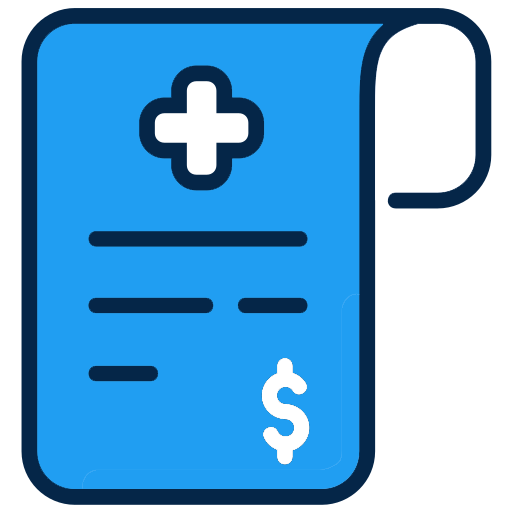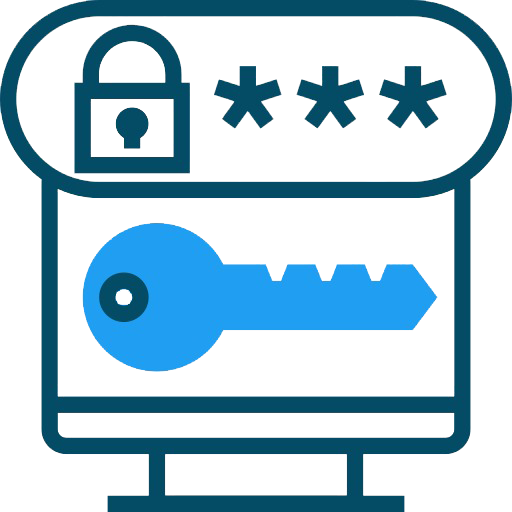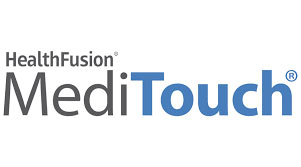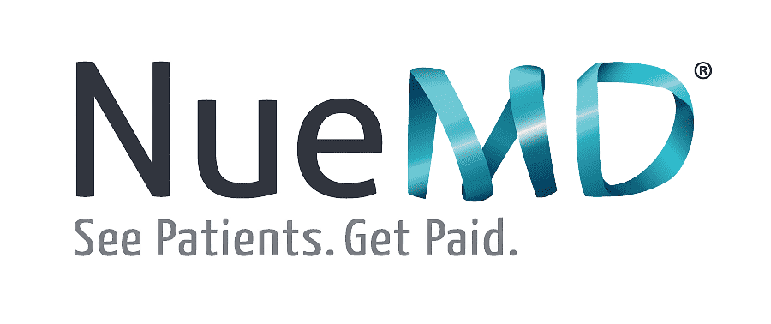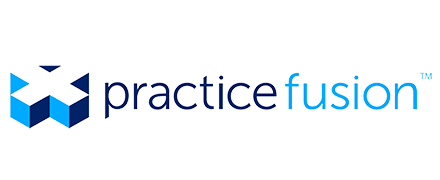Incident to billing is a complex yet vital concept in the world of medical billing and coding. At Info Hub Consultancy Services (ICS), we understand the significance of staying up-to-date with the latest industry updates. In this blog post, we will provide valuable insights into incident to billing, offering a comprehensive understanding of its role in optimizing reimbursements for healthcare services.
Understanding Incident to Billing
Incident to billing is a billing practice that involves non-physician healthcare providers, such as nurse practitioners (NPs), physician assistants (PAs), and clinical nurse specialists (CNSs), delivering services under the direct supervision of a physician. When these services meet specific criteria, they can be billed under the physician’s National Provider Identifier (NPI), potentially leading to higher reimbursement rates for medical practices.
Requirements for Incident to Billing
To ensure accurate billing and maximize reimbursements, medical billers, and coders must be well-versed in the requirements for incident to billing.
The key criteria include:
Supervision: The supervising physician must be physically present in the office suite while the non-physician practitioner provides the service. This requirement ensures proper oversight of the care provided.
Plan of Care: A documented plan of care must be in place for the patient receiving the services. The supervising physician establishes this plan, outlining the scope and frequency of the services.
Qualified Personnel: Only qualified non-physician practitioners, with the necessary credentials and training, should administer the services.
Same-Day Rule: Incident to services must be provided on the same day the patient was seen by the supervising physician for the same medical condition or problem.
Benefits of Incident to Billing
Incident to billing offers numerous benefits for both healthcare providers and patients:
Increased Reimbursements: By billing services under the supervising physician’s NPI, healthcare providers can enjoy higher reimbursement rates, boosting their revenue potential.
Enhanced Patient Access: Utilizing non-physician practitioners for certain services improves patient access to care, as it allows physicians to focus on more complex cases.
Efficient Workflow: Incident to billing can lead to a more streamlined workflow within medical practices, reducing wait times and enhancing overall patient satisfaction.
Challenges and Compliance Risks
While incident to billing can be advantageous, it also comes with potential challenges and compliance risks that medical billers and coders should be aware of:
Supervision Requirements: Ensuring the supervising physician’s physical presence during service provision can be logistically challenging, requiring careful scheduling.
Proper Documentation: Accurate and thorough documentation of the established plan of care and services rendered is crucial to demonstrate compliance with incident to billing requirements.
State Regulations: Incident to billing rules may vary by state, necessitating ongoing awareness of specific regulations in the areas where services are rendered.
Audits and Penalties: Non-compliance with incident to billing rules can lead to audits and potential penalties, underscoring the importance of accurate coding and billing practices.
Conclusion
Incident to billing is a crucial aspect of medical billing that can significantly impact a healthcare practice’s financial success. Understanding the requirements, benefits, and potential challenges associated with this billing practice is essential for medical billers and coders seeking to optimize reimbursements. At Info Hub Consultancy Services (ICS), a leading medical billing company in India, we remain committed to providing industry updates and expert guidance to help you navigate the complexities of medical billing and coding successfully.

